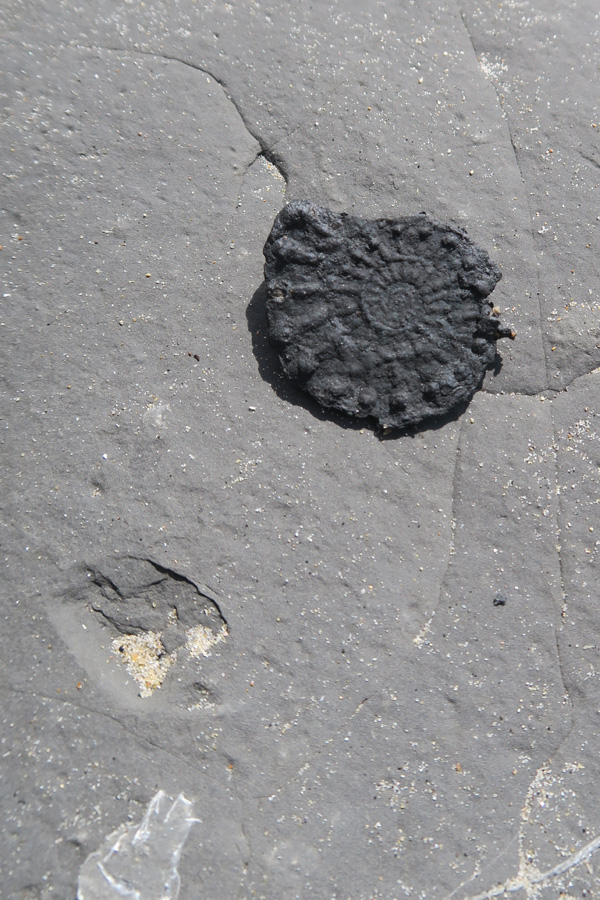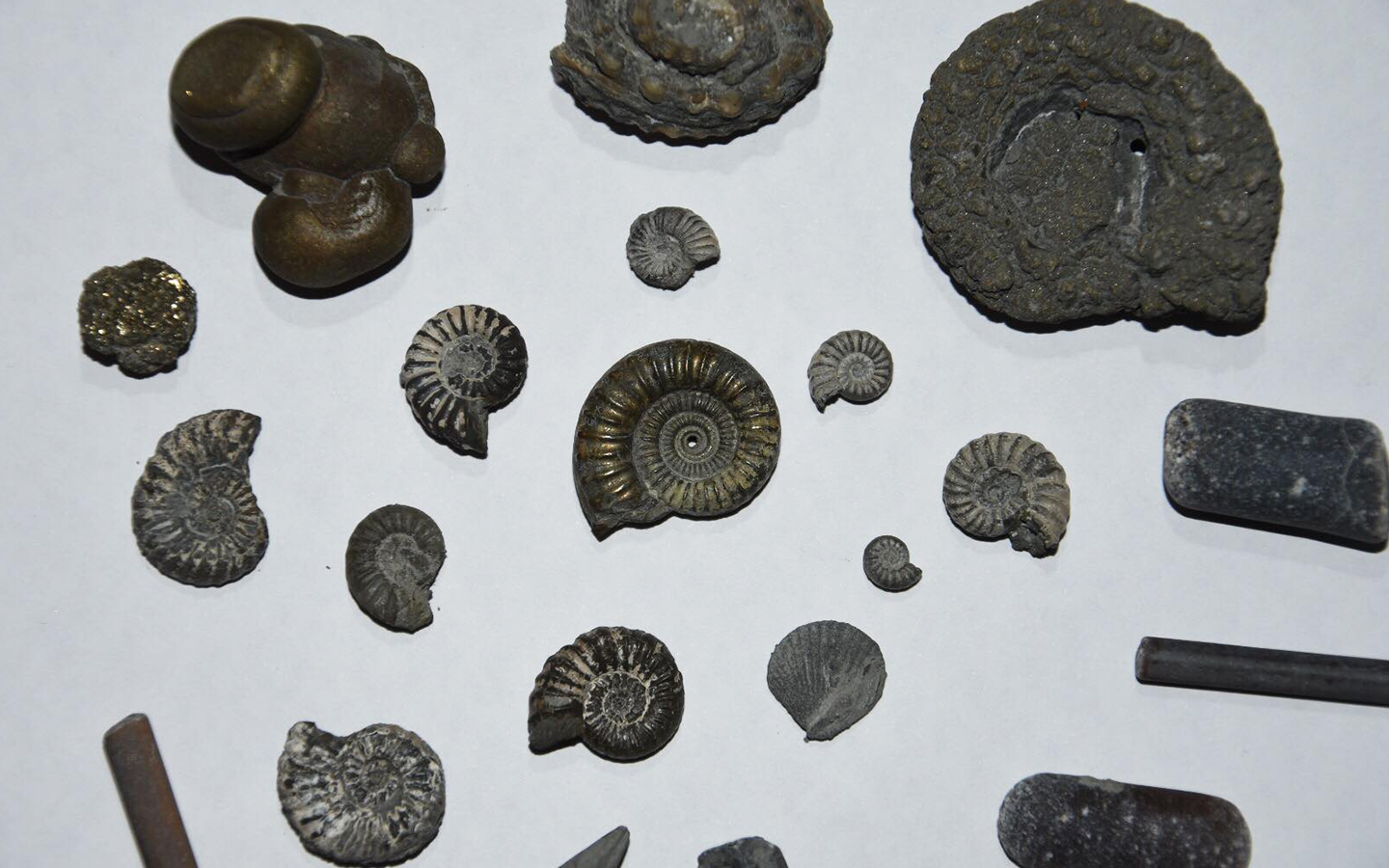
How to go fossil hunting along the Jurassic coast, UK
Which part of the Jurassic Coast?
Now the Jurassic Coast stretches 95 miles from Devon to Dorset, so it’s huge! We tend to visit Charmouth which is the town next to Lyme Regis. This is because it is apparently better for fossil hunting as it tends to be quieter stretch of the Jurassic Coast.
To get to Charmouth from Cornwall is pretty straight forward and takes roughly 2 hours depending on where you are leaving from of course. So it is definitely doable in a day!
Facilities at Charmouth
There is car parking at Charmouth that currently costs £3 to park the car for the day. There is also a little beach hut that sells takeaway food and drink, a fossil souvenir shop, heritage coast centre and public toilets. I would say however, if you do want to dine out after a long day
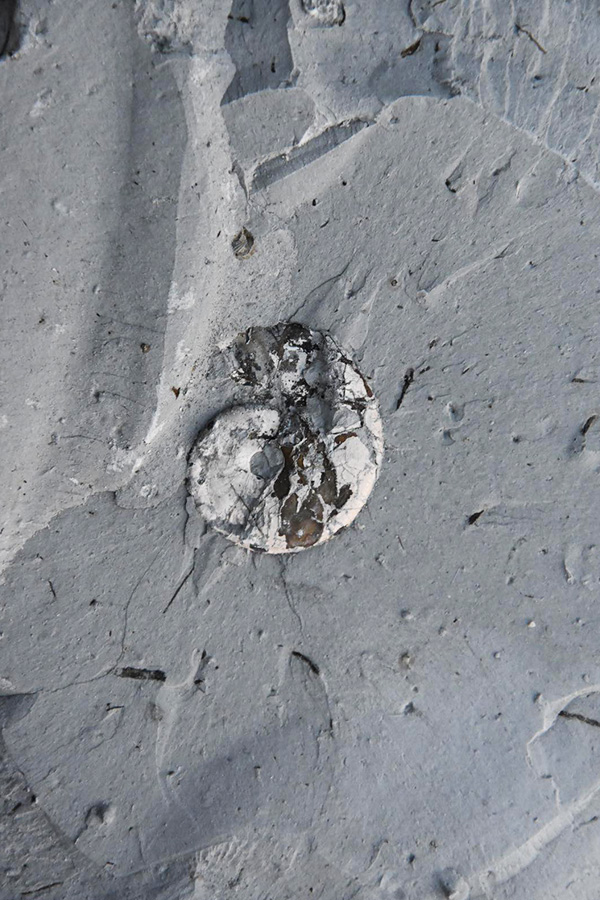
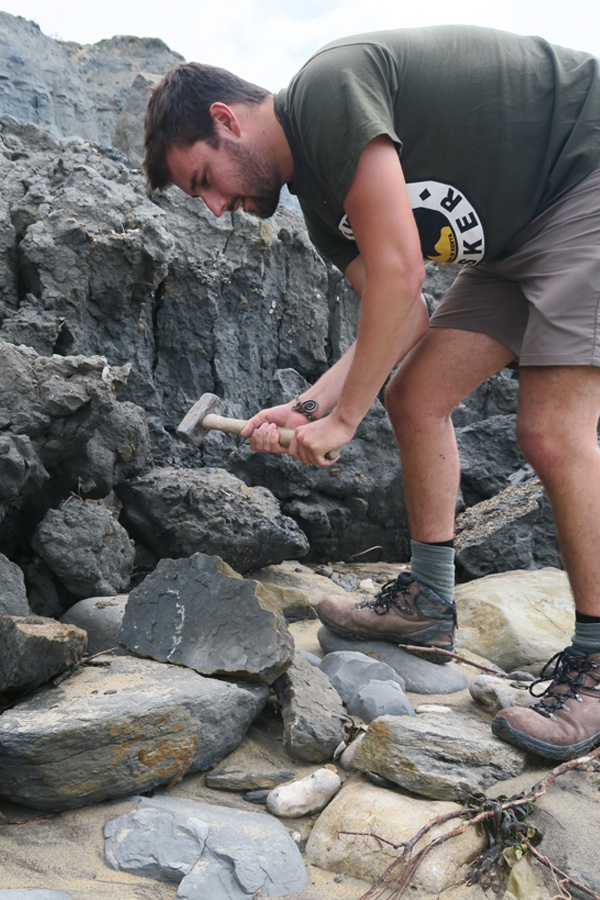
of fossil hunting (and once it’s safe too.) To take a short drive to Lyme Regis, the town next door. As it is slightly larger and offers more of a variety of restaurants and also more fossil and crystal shops.
Fossil hunting equipment
There are a few essentials that you will need for fossil hunting. In your day bag you should include your lunch and water of course! As well as:
A spare tupperware box*: or two to keep all of your findings in. Also something to wrap all your fossils in to protect them on their journey back home.
Wet wipes*: to clean off your mucky hands.
Screw driver* or a tool that is similar: like a pen knife* or butter knife* to help you pick out fossils from the mud. A steel point* is the best option as it will save you from ruining any amazing finds through clumsy attempts to pick your fossil out of the mud.
Optional fossil hunting equipment
Geological Hammer*: We never leave home without is a hammer. You don’t want to discover the find a fossil of a life time and not be able to free it from the boulder it’s attached to! However, I think it is not a necessity if your are taking a more relaxed fossil hunting approach. You can’t get away with a normal old DIY hammer, it simply won’t break rock. Sam recommends any hammer which has the following 3
characteristics: one blunt square end (for walloping rocks in frustration and for using with a chisel). A wedged triangle end (for splitting rocks) and the biggest weight you can happily swing for several hours. Many lump hammers or 500g machinist hammers happily do the job for £20 but, will break after a couple heavy hitting trips. Thats why he recommends spending a bit more to get a hammer that should last you a life time. This geological hammer* is good for children.
Chisel: Taking a chisel fossilising changes you from a mere caveman with a club into a sophisticated mason breaking apart the matrix (aka the rock surrounding fossils) to reveal the fossil within. Without one 9 times out of 10 you’ll break the fossil inside the rock you’re hitting. Whereas with a chisel you have a hope of cracking open some amazing finds. Here* is the link for a great 3 pack deal of safety stone chisels or you can go for Sam’s favourite all rounder, Roughneck ROU31998 concrete chisel with guard*.
Garden sieve: For searching streams like at Wooton Basset or in the shingle of beaches. A simple garden sieve can help you find hundred of fossils. Sam uses this one*.
WHAT YOU SHOULD BE WEARING
Now fossil hunting is messy work so don’t wear your best clothes.
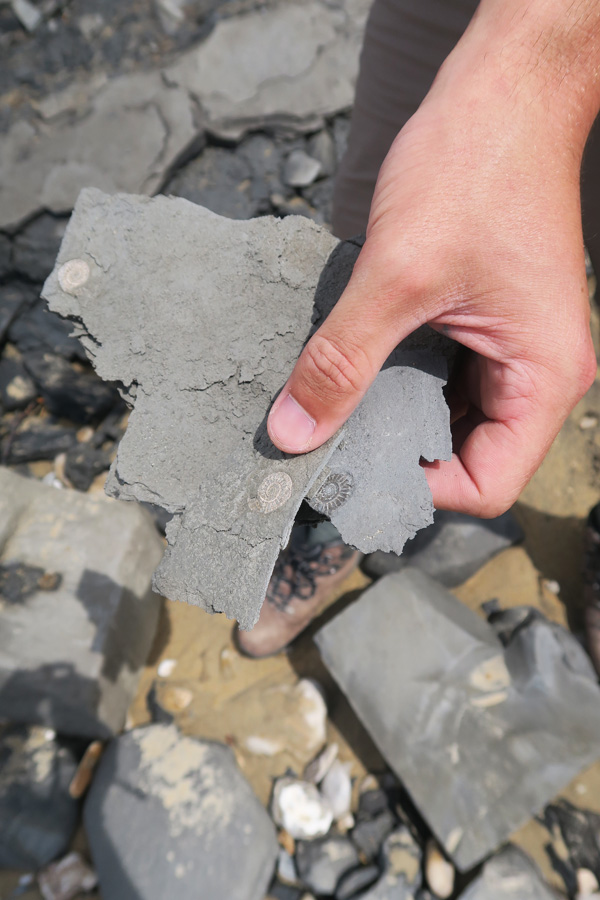
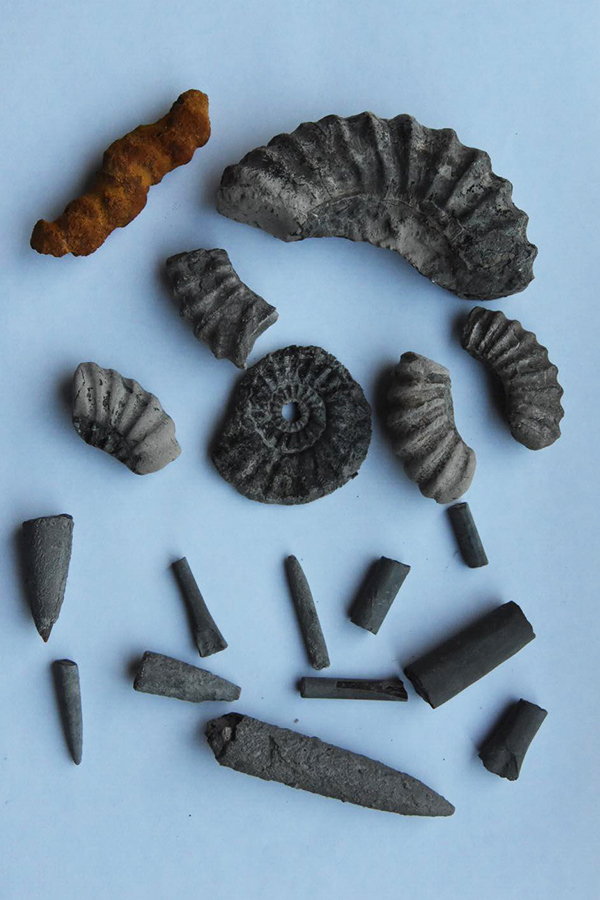
Footwear: You will need good closed toed footwear this is because playing with hammers and rolling boulders about can cause injury.
Hiking boots will be your best option. You will need a pair that are waterproof and not just water resistant otherwise you will get wet toes! It is also good to look for hiking boots that have ankle support and depending on whether you value your toes have steel toe caps. Steel toe caps is important especially because certain fossil hunting sites in the UK won’t let you in if you don’t meet this requirement. Sam highly recommends DeWalt* for amazing quality and price.
Alternatively if you are going to be very careful and are just picking fossils out of the surface, a good pair of wellies will do. Hunter wellies* is what I tend to wear while fossil hunting.
Waterproof trousers: I would also advice in winter to wear waterproof trousers* as it can be mucky work. See the picture from where I fell knee deep into the mud!
Glasses/goggles: An old pair of sunglasses or goggles* is much needed because when you start hammering into the rocks shards can fly everywhere.
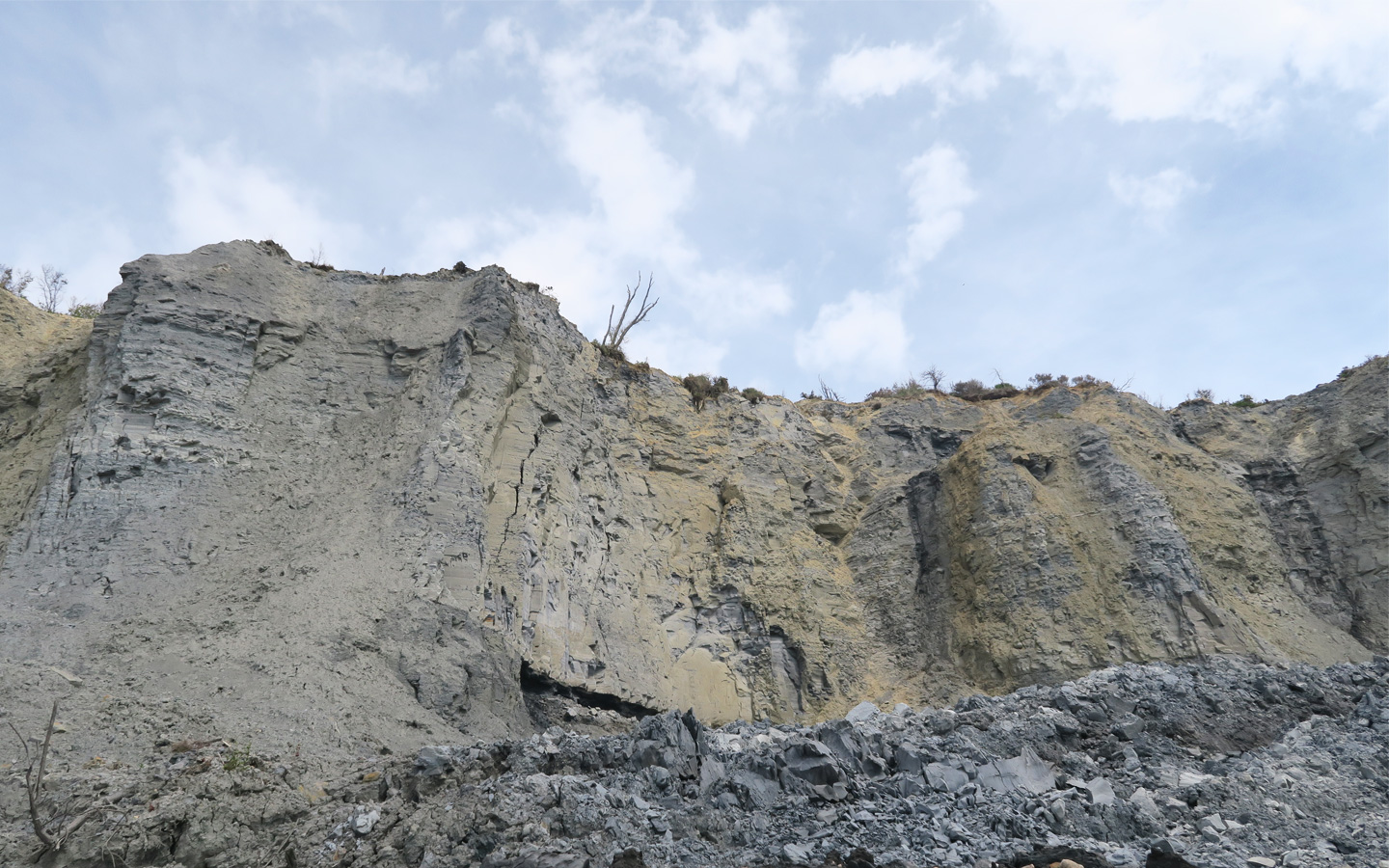
When to find the best fossils
The best time to go fossil hunting is after a storm. This is because a storm mean that parts of the cliff fall down revealing more rock that could incase fossils. So unfortunately this probably does mean winter time! However you can still find fossils all year round, you might just not have as much of a chance of finding something huge!
Another good time to go fossil hunting is at low tide as sometimes you can find fossils in the rock pools. Also if you are going to take it very seriously early morning would be best as you will get there before anyone else has a chance to find the best ones!
How to find fossils
What you will mostly find is ammonites, they are the swirly ones you can see pictured. Ammonites are extinct marine mollusc animals. You will also most likely find belemnites which look like nails or bullets. Belemnites are extinct squid like cephalopods.
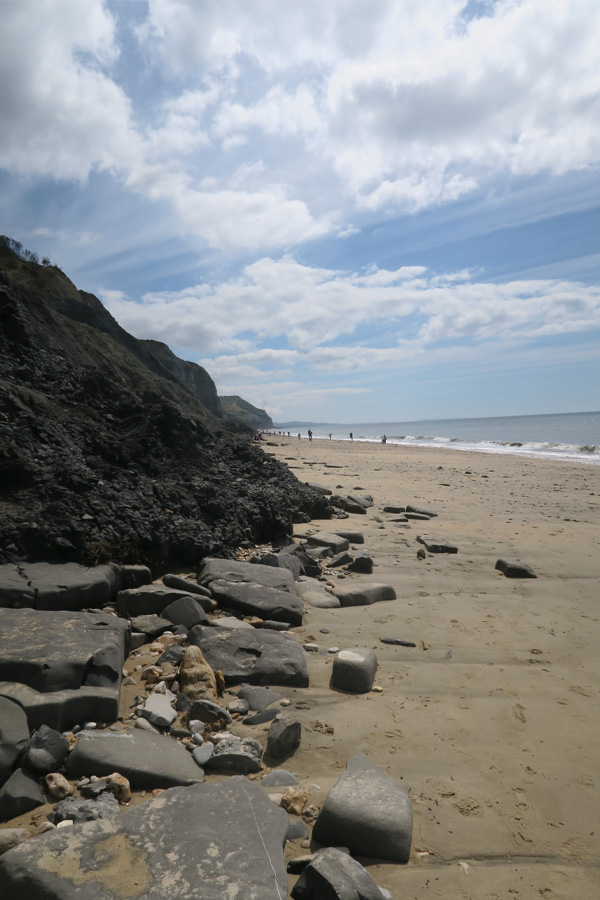
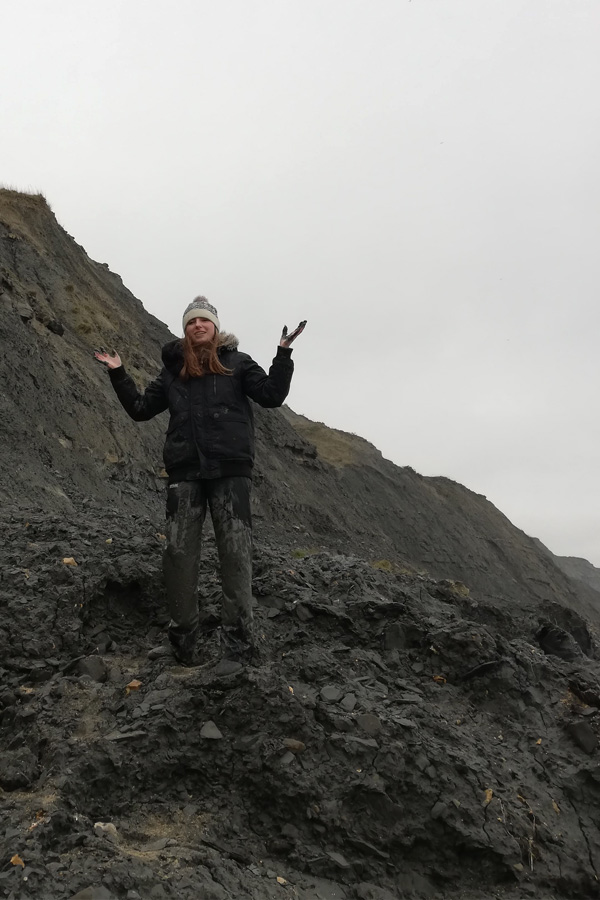
If you are going hard core fossil hunting you can proceed to use your hammer to smash open rocks and find fossils hiding within them. However doing this method takes a lot more skills as you have to know which rocks to look for. You also have to be careful not to accidentally smash your fossil up and it also just requires, in my opinion, a lot more effort. Another good way to find fossils is to look up near the cliff edge however, this does come with some warnings…
Fossil hunting safety
Another huge hazard is rock falls. When we went last weekend we witnessed one and it was pretty scary. In fact Sam was close to being engulfed in it. The coastline here is extremely unstable and even a small rock that hits you on the head just right could potentially kill you.
And finally the tide. Please keep an eye on the tide and what it is doing. You don’t want to be miles across the beach and realise that tide has cut you off.
PREPPING AND CLEANING YOUR FOSSILS
A dentist pick: This is to get pesky bits of rock off your fossil. This process can take a while and can quickly blunt the picks. This is the stainless steel probe set* that Sam recommends as they are cheap and do the job.
A wire brush*: For removing soft rock or stubborn clay. Use hot soapy water and brush the rock around the fossil and not the fossil itself. Otherwise you may damage the softer fossils.
Nail brush*/toothbrush*: Finally for the delicate fossils and the finishing touches on your more hardier fossils. You should soak your fossils in warm soapy water and gently brush with a soft bristle toothbrush or nail brush.
Varnish/sealer: To protect your precious pieces of natural art Sam recommends a very light coat of clear painters varnish. It is personal taste on whether you like it glossy or matte. He uses Windsor and Newton’s Artists’ gloss varnish*.
Summary
I hope you enjoyed this blog post all about fossil hunting along the Jurassic Coast and it gave you a new activity to try out if you are a complete novice like me. It is rather addicting once you start finding them!
Other posts
Other posts that I have on my blog that you may enjoy are my many posts on Cornwall or my trip around New Zealand.
Lots of love, Melissa x
*Indicates and affiliate link, click here to read more about it.
